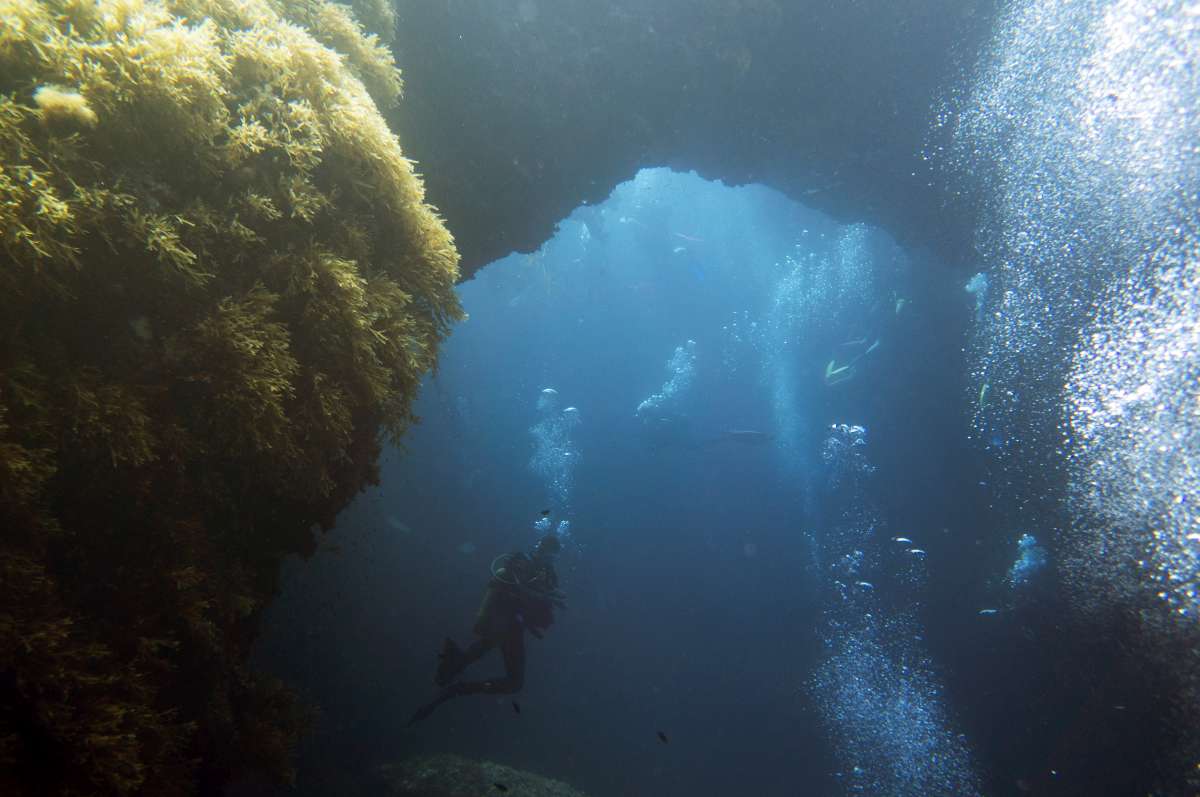Around 80 miles northwest of the Sahara and 60 miles south of Sicily, lies the island of Gozo – an outcrop of fudge-coloured limestone surrounded by the deep blue of the Mediterranean Sea. This is Malta’s smaller sister island, just 15 minutes away from the port of Chirkewwa on the ferry, and a paradise for walkers, scuba-divers and anyone looking for a quiet break from the main island.
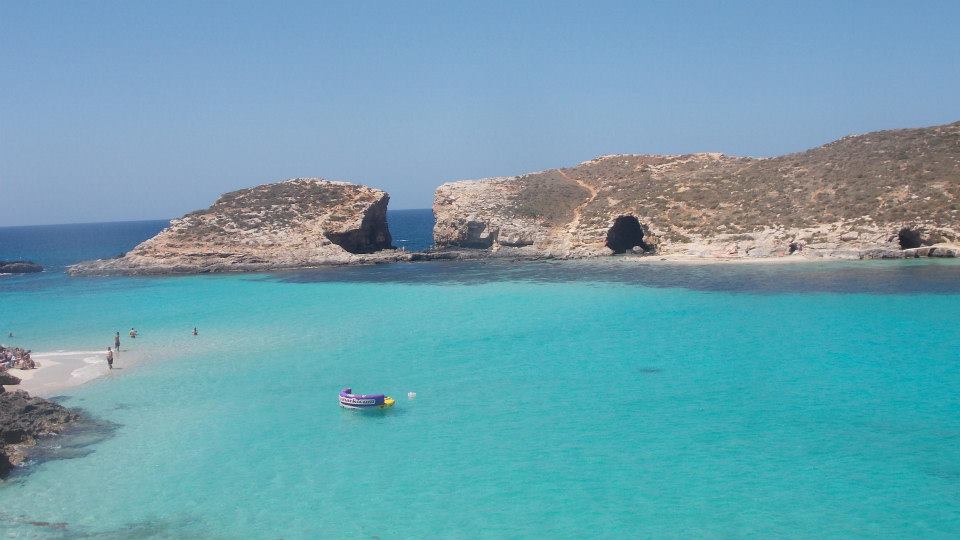
Gozo, Malta: azure sea (c) Zoë Hazel Thomas
A cultural mashup
One of the most peculiar things about Gozo is that, despite being just nine miles long and four miles wide, there’s an impressive diversity of cultural influences here, including African, Italian, Arabic and British.
Arriving at the port of Mgarr on the Gozo Channel ferry, you could be forgiven for thinking you were approaching the Moroccan coast. There’s the exotic plants, the flat-topped buildings and the sun giving everything that warm glow.
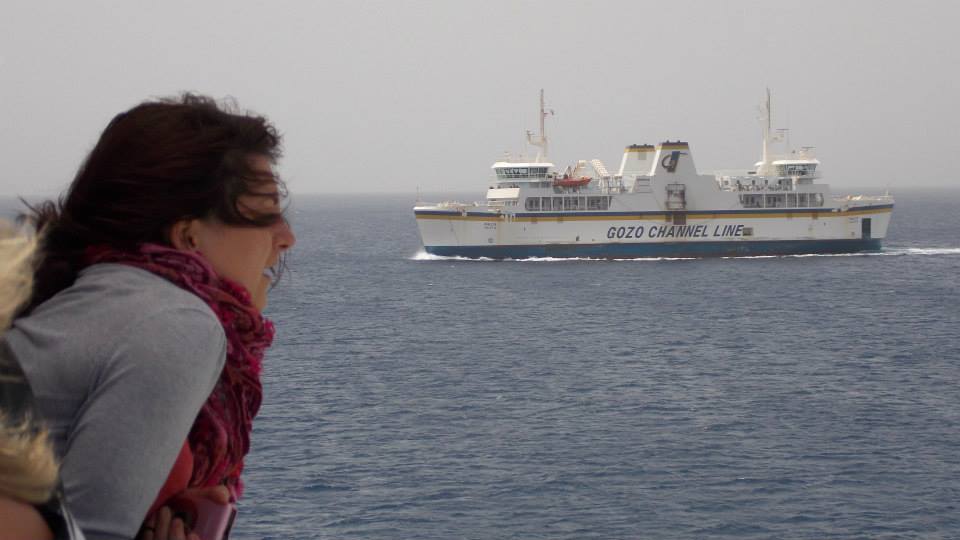
Arriving to Gozo by ferry (c) Zoë Hazel Thomas
Then there’s the magnificent domed church tower with its faintly Arabic influences, and the old houses stacked up against the hillside like rickety steps.
But in an instant you can feel like you’re in England again when you stumble across a rolling field peppered with hay bales, or a classically British red telephone box.
There’s good reason for this bizarre clash of cultures: Gozo has been inhabited by nearly all of them. The Romans in 218 BC, the Arabs in 870, and the British in 1800 when Malta became a British crown colony. The Northern African influences are down to the island’s close proximity to the giant continent – so close in fact, that sand from the Sahara desert is frequently blown over here during storms.
Extraordinary coastline
Gozo is a hotspot for divers, snorkelers and swimmers. Not only are the waters refreshingly clear, but the coastline also boasts some of the most extraordinary geographical features on the planet. Head to Dweja Bay on the northwest of the island, where you’ll find three of these coastal wonders all conveniently in one place.
The inland sea
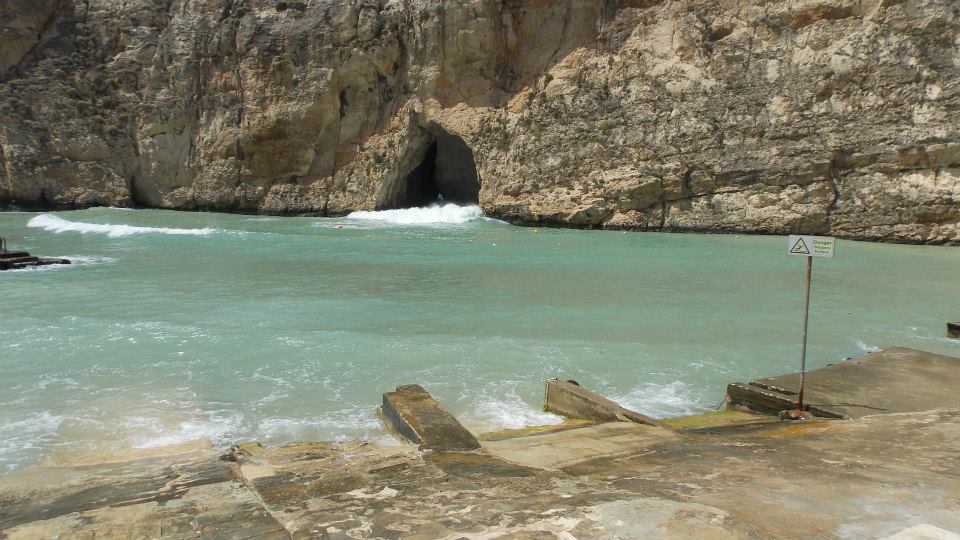
Gozo, Malta: Inland Sea (c) Zoë Hazel Thomas
The inland sea is a saltwater lagoon linked to the ocean via a natural tunnel that runs through the base of the cliff. Although it looks shallow from the surface, the narrow trench actually reaches depths of 25-30 metres, making it one of the best dive sites in Malta. In fact, the famous sea-farer Jacques Cousteau described the inland sea as one of his ‘top 10 best dives’. For non-divers, the inland sea offers a lovely pebbly beach and swimming on calm days.
Azure Window
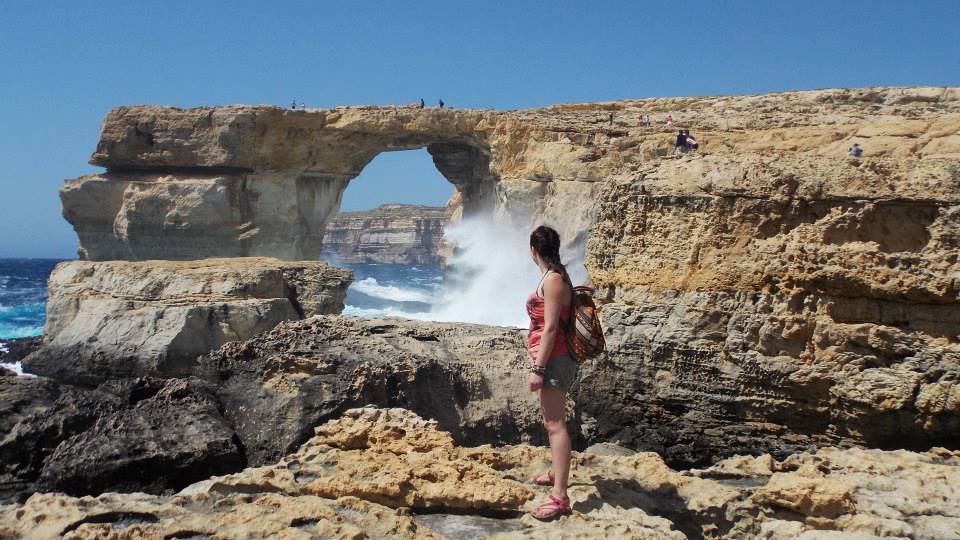
Azure Window, Gozo, Malta (c) Zoë Hazel Thomas
The Azure Window is a giant sea arch formed by years of cliff erosion. The incredible structure towers 50 metres above the sparkling Mediterranean, forming a blue ‘window’ through the rock. Sadly experts think the arch is due to collapse any time now, making it all the more imperative to visit before the great Azure Window becomes the not-so-great Azure stump.
Blue Hole
The Blue Hole is a saltwater rock-pool with a difference: this one is 16 metres deep with an underwater arch that leads through to the open sea. Perhaps not one for paddling, but if you’re a keen diver you can expect to see a wonderful variety of marine life including octupi, starfish, moray eels and rays.
The oldest buildings in the world
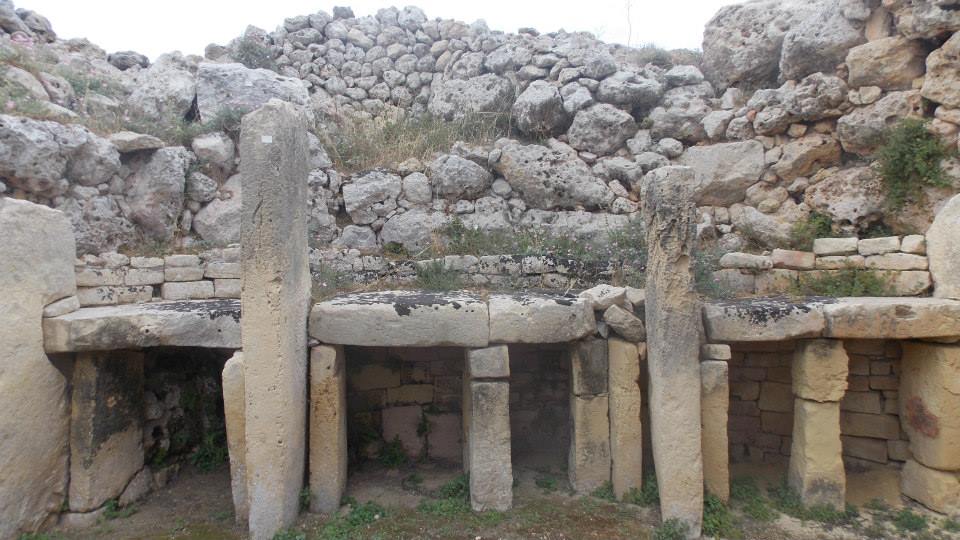
Ggantija Temples, Gozo, Malta (c) Zoë Hazel Thomas
Few people realise that Gozo is home to the oldest man-made structures on the planet – the 5,800 year-old Ggantija Temples. This UNESCO World Heritage Site is an educational gem, with newly built walkways allowing visitors to wander through the incredibly well-preserved ruins, and informative signs explaining megalithic building methods and other fascinating titbits about the ancient Gozitans who once lived here.
Mythology and folklore
There is a small sea cave near Ramla Bay to the north of the island that’s reputed to be the place Calypso kept Odysseus a slave for seven years in Homer’s Greek epic the Odyssey. Although public access to the cave is now restricted, you can visit a decked viewing point at the top of the cliff that tells Calypso’s story and offers spectacular views over the red sand beach, which was where the battle scene in the film Troy (starring Brad Pitt) was filmed.
There is a folklore museum in the old village of Gharb, on the west side of the island. This ramshackle museum is crammed with fascinating objects found in Gozo, from a rather macabre horse-drawn children’s hearse, to a fully reconstructed Gozitan bedroom.
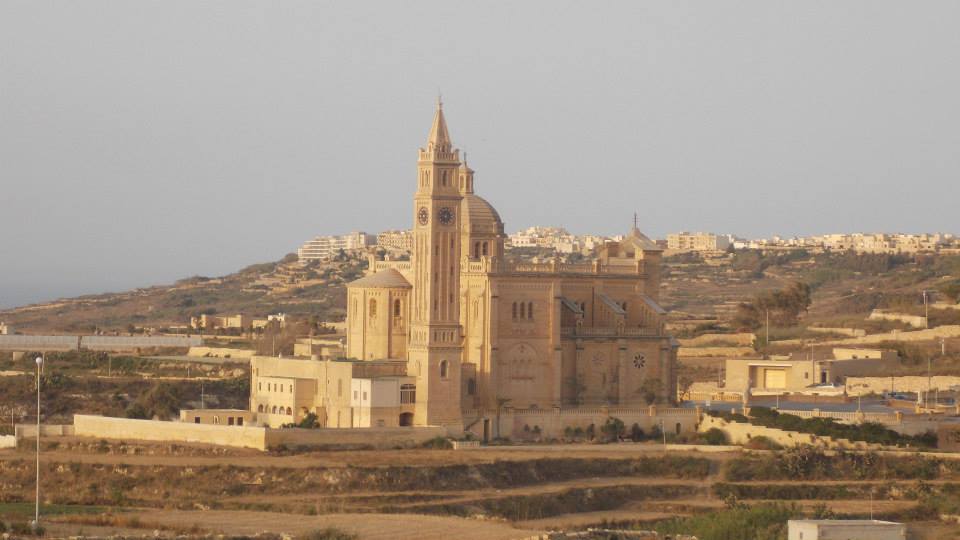
Ta’ Pinu, Gozo, Malta (c) Zoë Hazel Thomas
The village of Gharb is also home to some of the most beautiful architecture on the island, including the church of Ta’ Pinu Basilica – an extraordinary monolith that rears from the ground with sheer opulence. For a great view of this, head to the football club in the middle of the village where you can dine on the roof terrace for very good value.

